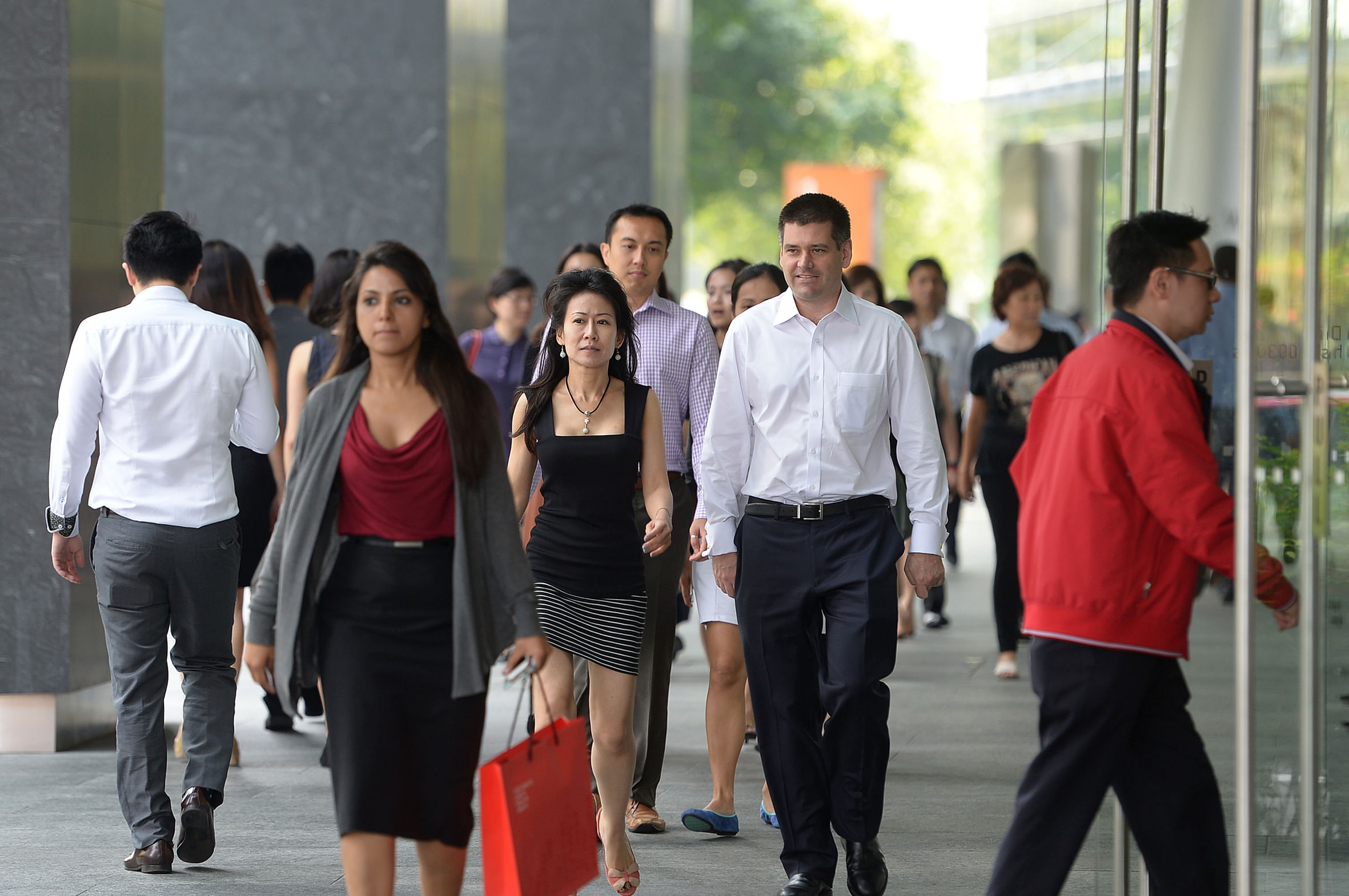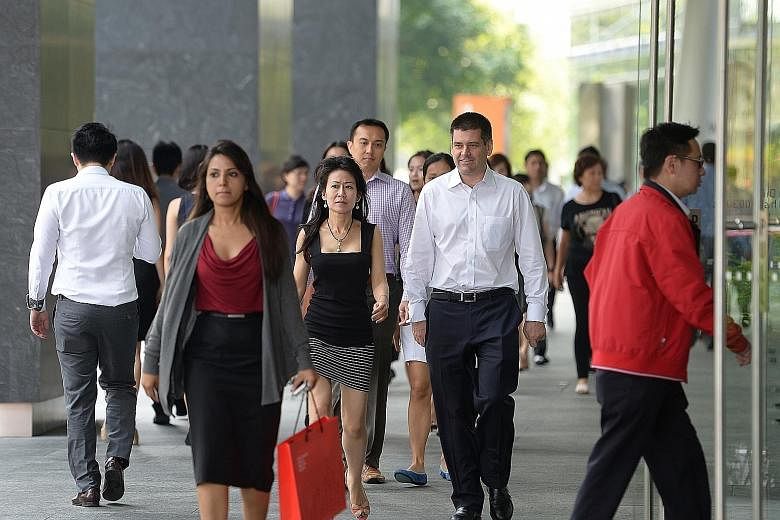On Dec 31, Singapore will become part of a common market encompassing some of the world's fastest-growing emerging economies, a burgeoning middle class and a host of business opportunities. The Asean Economic Community will include all 10 Asean member nations and is expected to feature freer movement of capital, investment, services and skilled labour within this region of 600 million people.
On paper, eight professions will enjoy easier access to regional talent: engineers, tourist professionals, dentists, architects, surveyors, accountants, nurses and doctors. Mutual recognition agreements will commit AEC member nations to recognising the qualifications of these professionals from other countries.
However, few are expecting Singapore to feel much of an impact because it has long been a magnet for talent in the region. For instance, foreign nurses are already a common sight in hospitals here. As at end 2014, 29 per cent of the 37,618 nurses and midwives registered under the Singapore Nursing Board (SNB) were foreigners. Most or 4,000 are from the Philippines. Next are nurses from Malaysia with nearly 2,000 here.
Come next January, will Singapore's gates then be opened wide to Asean nurses? The answer: No. That's because nurses from Asean member states who wish to work in Singapore have to comply with registration requirements set by the SNB, said a Ministry of Health spokesman.
Some firms in other sectors say they are already recruiting extensively from the region, but government policies prevent them from hiring more. In particular, tighter foreign labour policies that the Government has put in place over the past few years.

Despite the vision of free labour movements within Asean, labour flows are still subject to domestic rules and regulations in each country, notes Mr Chua Soon Ghee, managing partner and head at AT Kearney South-east Asia.
Mr Chua, who spoke about the AEC at the JP Morgan Asia Society Symposium last month, says many Asean countries impose requirements on firms which want to employ foreigners.
For instance, employers have to prove that they were not able to find qualified locals, or the foreigner must demonstrate the required local language skills.
Mr Chiou Lid Jian, general manager of semiconductor firm ASE Singapore, points out that companies here are subject to foreign labour quotas. "We try to hire locals unless we really cannot find the right person," he says, adding that if he has to hire engineers from overseas, he would prefer those from the Philippines or Malaysia. There is also the issue of industry experience. For instance, other Asean nations with limited exposure to the semiconductor industry lack the ecosystem needed to develop necessary engineering skills, he notes. "Besides skills, language might also be an issue."
Singapore companies are already making use of labour resources in the region to complement their workforce here. "The high-value work some companies do here is not available in the rest of the region. But to carry out those functions, you also need ancillary work done," says Mr Sandeep Chatterjee, managing director of Flexione. The firm helps companies manage human resources in IT, electronics and automation, and process control.
Companies can opt to hire a temporary workforce elsewhere in the region to perform these functions, keeping their core operations here, he noted.
Experts say the AEC's provisions will not allow people to simply move freely across borders.
Mr Grahame Wright, people advisory services partner at EY in Singapore, does not expect to see a "European Union-style" freedom of labour movement in this region any time soon. He says: "The focus thus far has been on regional visa-free travel and the recognition of professional qualifications across the region, rather than the complete opening up of borders for human capital. The issues associated with this are very complex, considering the diversity of the region and the social and economic issues that could arise."
All in all, the immediate impact of the AEC on Singapore's labour market will likely be limited. In the longer term, however, the AEC could open up more opportunities for firms here as capabilities in regional countries grow.
Now, around 87 per cent of intra- Asean migrants are low-skilled workers, according to a policy brief from the Migration Policy Institute, a US-based think-tank. This could shift towards more higher-skilled workers over the coming decades, as countries in the region move up the value chain. More Singaporeans might also be drawn to work in rapidly expanding economies such as Thailand and Indonesia.
It will be a while yet before Asean can call itself a true single market but Singapore firms should already be developing a regional game plan, or risk being left behind.


